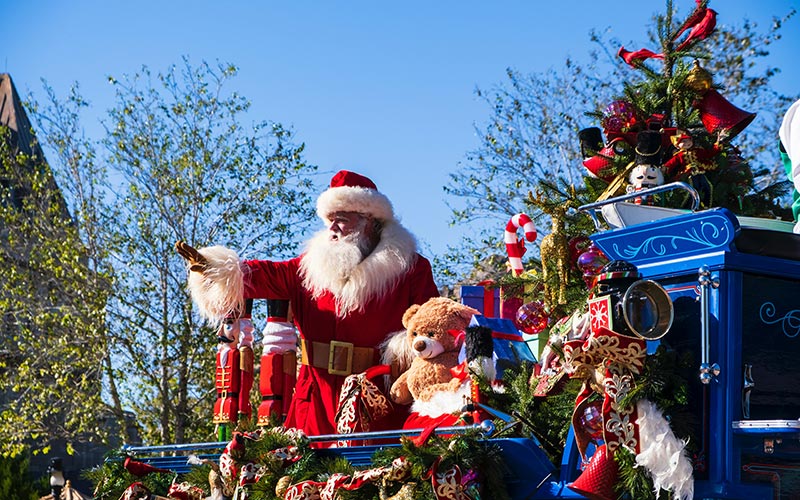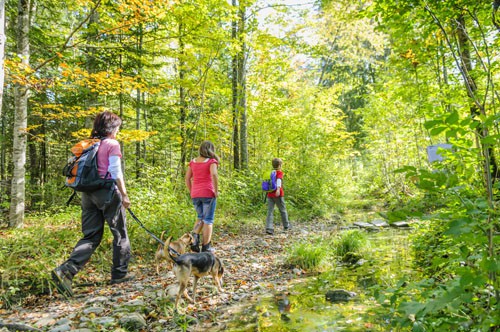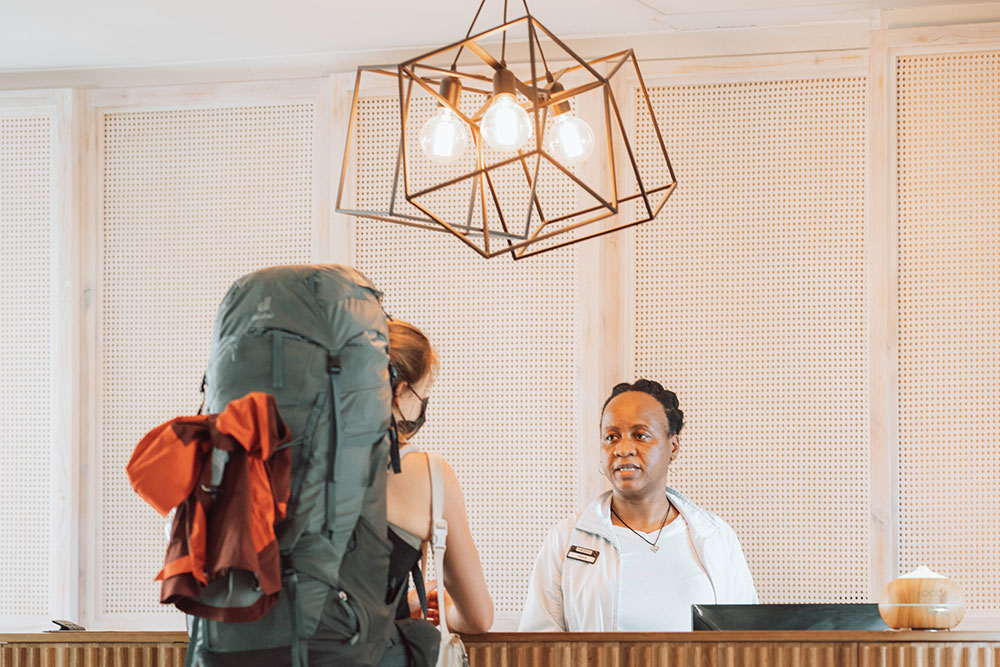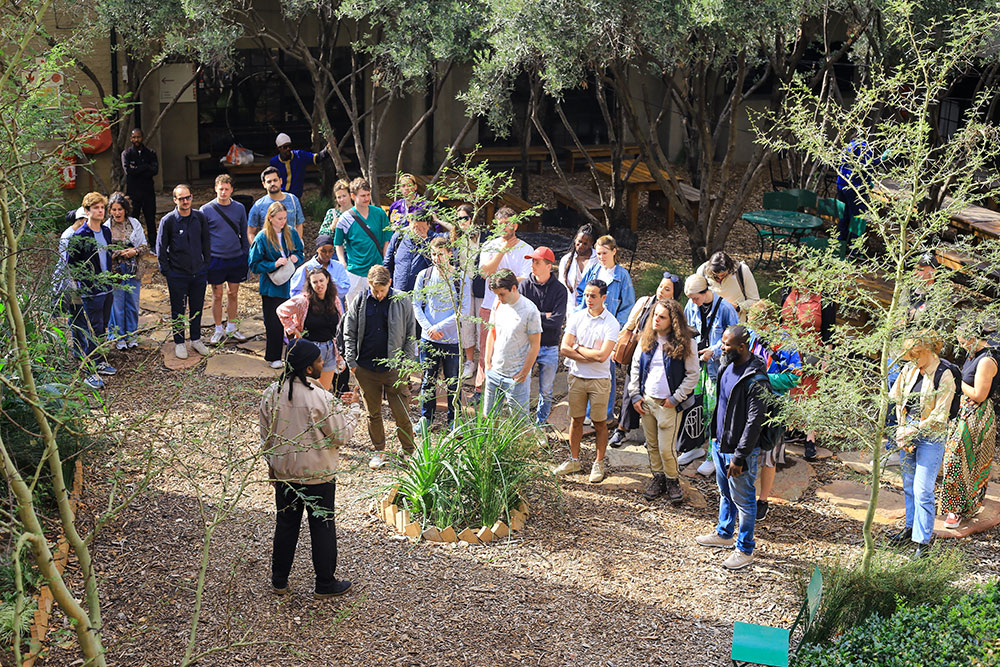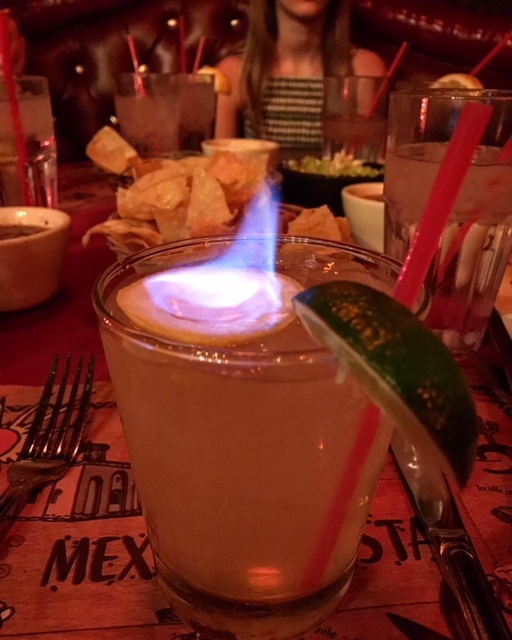Entrepreneurial Success: 4 Game-Changing Lessons from the Four-Gate Model

The making of an avalanche rescue dog.
Above: Raven and Hutch riding the chair lift together last winter at Alyeska Resort. Photo courtesy
Ryan Hutchins
Raven, a one-year-old black lab, lies on the floor of the ski patrol office at Alyeska Ski Resort in Girdwood, 35 miles southeast of Anchorage along Turnagain Arm. She gnaws on a chew toy shaped like a head of broccoli, which she keeps pinned beneath her oversized paws. While she may look like any other dog at play, Raven is already a year into intensive training as Alyeska’s newest avalanche rescue dog. Her owner, assistant ski patrol director Ryan Hutchins, says she might be certified by the end of this ski season.
Hutchins, who goes by Hutch on Alyeska’s close-knit ski patrol crew, selected Raven because labs, originally bred for duck hunting, are high-energy retrievers with strong scenting abilities and great people skills—all necessary for a dog who may suddenly need to work with patrollers to save a life during a high-stress emergency.
Since bringing her home at eight weeks last autumn, with snow already covering the peaks of the Chugach Mountains, Hutch has groomed Raven for life at the ski area. The first job was simply acclimating her to the busy resort scene, where snowmachines, ski lifts, and skiers amount to constant noise and movement. Add kids clomping toward her in ski boots or the boom of avalanche artillery and it can be a lot on a dog.
“She’s been around it all since she was a puppy,” says Hutch.
At the resort, Raven bonded with the patrol team and quickly befriended Alyeska’s other rescue dog, Stormy, a three-year-old golden retriever with an eager smile. In an emergency, any of these might be Raven’s partners, but her most vital bond is with Hutch. Early last winter he began working with her on rescue drills, following a Swiss four-phase process used by many U.S. ski resorts. The method relies on positive reinforcement and a strong dog-handler bond.
The first phase is a basic on-snow version of hide-and-seek, explains Hutch. At a quiet corner of the ski area, Hutch runs to a hole dug in the snow while calling Raven and waving her toy. Another patroller holds her until giving the “search” command, then turns her loose to run to Hutch and play with him inside the hole.
Progressively harder drills follow until Raven is digging into snow caves to find Hutch. Hunched beneath the snow, he describes her bursting through the cave’s ceiling like a “fur rocket” to come play with him. This winter, Raven will graduate to covering wider areas and finding someone else in the hole, with Hutch as the handler.
“It’s kind of like raising a kid,” he says of helping Raven develop a mix of skills, discipline, and independence. Hutch’s own 10-year-old son is also a regular at the resort.
Also like a kid, Raven took the summer off. But as the snow flies, she’ll be back to searching bigger areas with fewer clues. Eventually, she’ll do “blind searches” where she must scent out multiple patrollers buried in differentlocations. This, explains Hutch, shows the true value of a dog for avalanche rescue.
“A dog can cover a much larger area way faster than we can,” he says. Whereas a team of human patrollers must use a grid pattern to meticulously probe a debris field for possible victims, dogs can move quicker over the snow and use their scenting skills to target their search. It’s especially useful in a ski area accident, where skiers typically do not wear the avalanche transceivers used in the backcountry.
It’s why Alyeska and other resorts invest in dogs, says Hutch. At Alyeska, the resort paid the initial costs of bringing Raven home and still covers her food, gear, and veterinary costs.
Between drills, Hutch and Raven also visit the busy ski lodge, where Raven is a hit among families having lunch or getting dressed for skiing. It’s a great way to engage visitors in mountain safety, says Hutch. Like Stormy, Raven will likely join snow safety lessons at schools and public events.
Hutch sees another valuable human connection, too. Patrolling is stressful work that requires early hours, working around explosives, public service, and the potentially traumatic after-effects of responding to injuries and fatalities. Like any first responders, says Hutch, patrollers must stay focused while treating patients or comforting family members, but they must also manage their own mental health in the aftermath. Having Raven and Stormy at work can provide comfort.
When they’re ready— maybe later this winter or next year—Raven and Hutch will face a rigorous validation test of their skills to certify Raven. It will assess their rescue strategies and performance but also Raven’s “work ethic,” including her ability to work quickly while maintaining energy, focus, and independence. For his part, Hutch will have to demonstrate control of Raven and interpretation of her responses, while maintaining awareness of hazards.
“I’m still figuring all this out,” he laughs. “I’m in training just as much as Raven.”
Look for Raven and Hutch at Alyeska this winter. Or follow Raven @ravendigssnow and Stormy @stormypowdog on Instagram.
Assistant editor Tim Lydon is a longtime Alaskan who gets dusted by his young daughter every time he skis at Alyeska Resort.
Publisher: Source link
Latest Posts
-
31 July 2025
-
26 July 2025
-
14 July 2025
-
01 July 2025
-
07 August 2025
-
29 July 2025
-
20 February 2025
-
04 February 2025
Newsletter
Sign up for free and be the first to get notified about new posts.
Get The Best Blog Stories into Your icountox!
Sign up for free and be the first to get notified about new posts.


